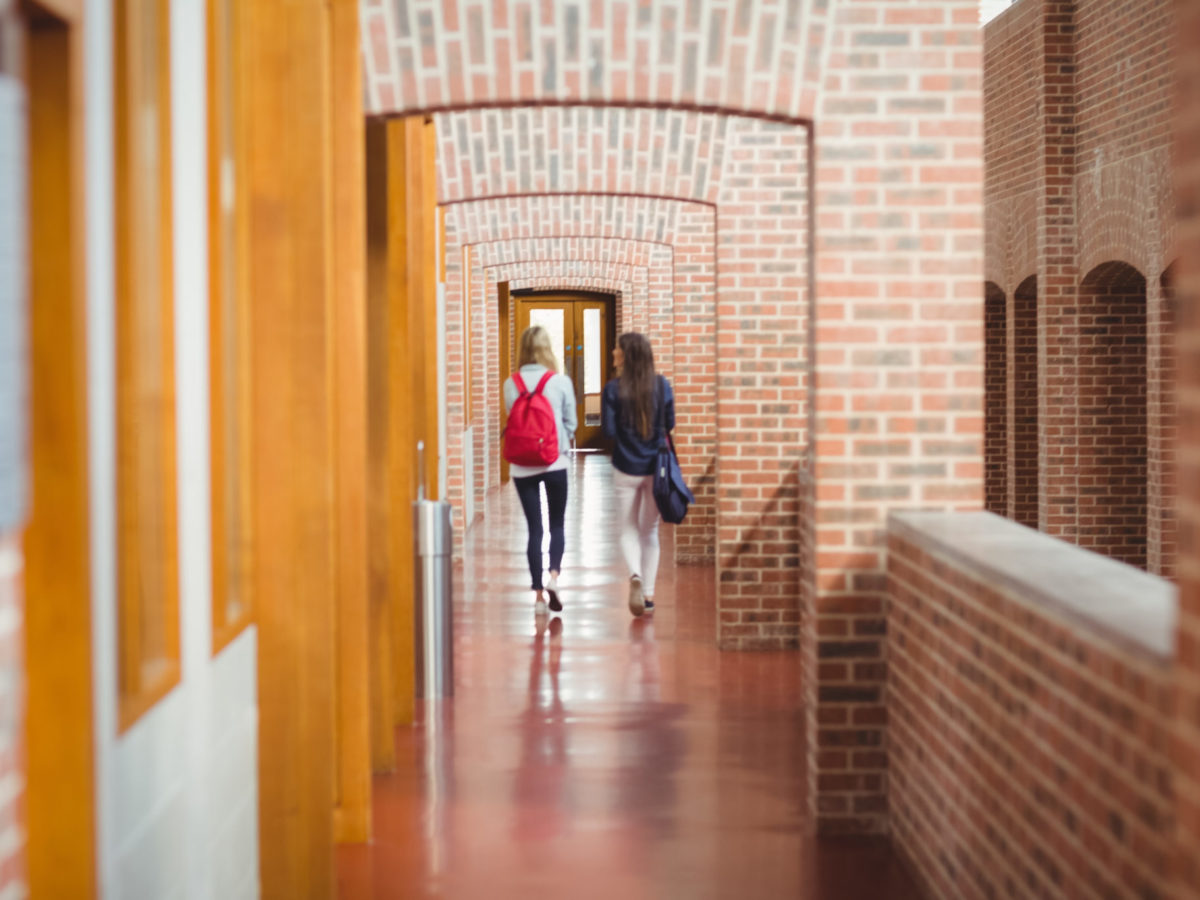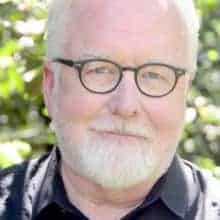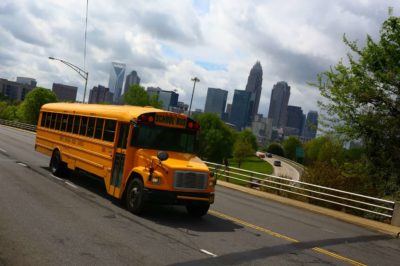

A book is a knowledge delivery system. The internet is a knowledge delivery system. The American high school is a knowledge delivery system. It is also completely antiquated in that it clings to a calendar built around harvesting crops, keeps disciplines separated, and awards diplomas based upon accumulating 120 Carnegie Units over four years. Why go back?
If we have learned anything over the course of the past year, it is that work and school are not places. Going to work or going to school no longer requires going anywhere. Consider what happened on March 18, 2021. A severe weather warning that included threats of tornados and golf ball sized hail led to school buildings being closed for the day. School, or rather, learning, continued remotely. Say goodbye to snow days. From this point forward, learning is no longer vulnerable to weather-related emergencies.
It’s time to stop romanticizing this 20th century notion that school is a place that has secrets (knowledge), and one has to go to this place to get those secrets. Knowledge is not stored in brick-and-mortar buildings, or the “teacher’s edition” of a textbook. Everything is available, anytime, to anyone with a device and a Wi-Fi connection.
This raises several interesting questions. If school isn’t a place, how will school boundaries be determined? What impact will some form of hybrid model have on working parents? On teachers and teaching? Will grade levels continue to be organized around age? Will content continue to be separated by disciplines?
Instead of going back to school, let’s go forward to educate. Let’s support a hybrid model that would provide many more options for young people. For example, in the past, a school would need enough students interested in taking an Advanced Placement (AP) course in physics as well as a certified physics teacher in order to offer the class. Just imagine offering an exciting, engaging AP physics class to students across an entire district or across the country. Better yet, have it taught by an extraordinary physics teacher who perhaps lives in California or South Korea.
As educators, we should at least seize this disruptive moment to be a little more disruptive. Consider mega-churches as an alternative model for the delivery of a religious or spiritual experience. Several groups of congregants gather at multiple locations. Each location has a service facilitator, musical director, and choir. The service facilitator and the musical director get the congregants energized and open to a spiritual experience. On cue, a master teacher appears on a large screen and offers a lesson for everyone, at all locations at the same time. When finished, the on-site service facilitators bring closure to the experience.
Let’s imagine an extraordinary teacher — perhaps someone who teaches Mandarin, or poetry, or calculus, doing so from a remote site for students organized in highly facilitated learning pods across a large landscape.
Of course, young people will still go to high school, particularly for participation in the arts, labs, sports, and hands-on activities. But why 120 Carnegie Units? And why four years? Why not base a diploma on demonstrating proficiency against clear standards?
I am not suggesting that we abandon all the constructs of school, just those that are ineffective, inefficient, and profoundly inequitable. Let’s begin the conversation about how we can move forward together.


